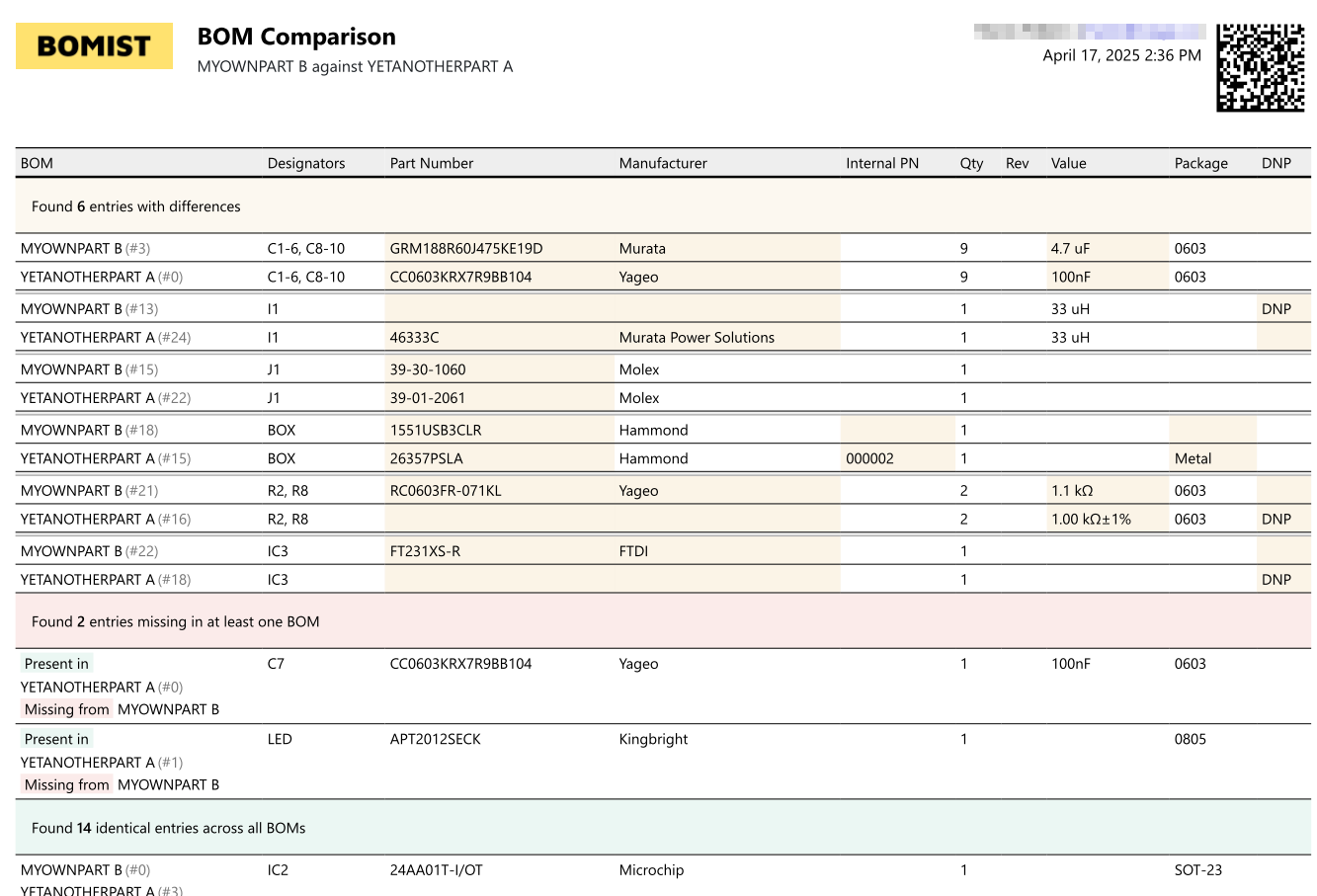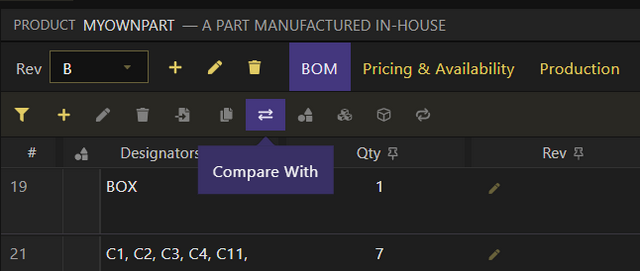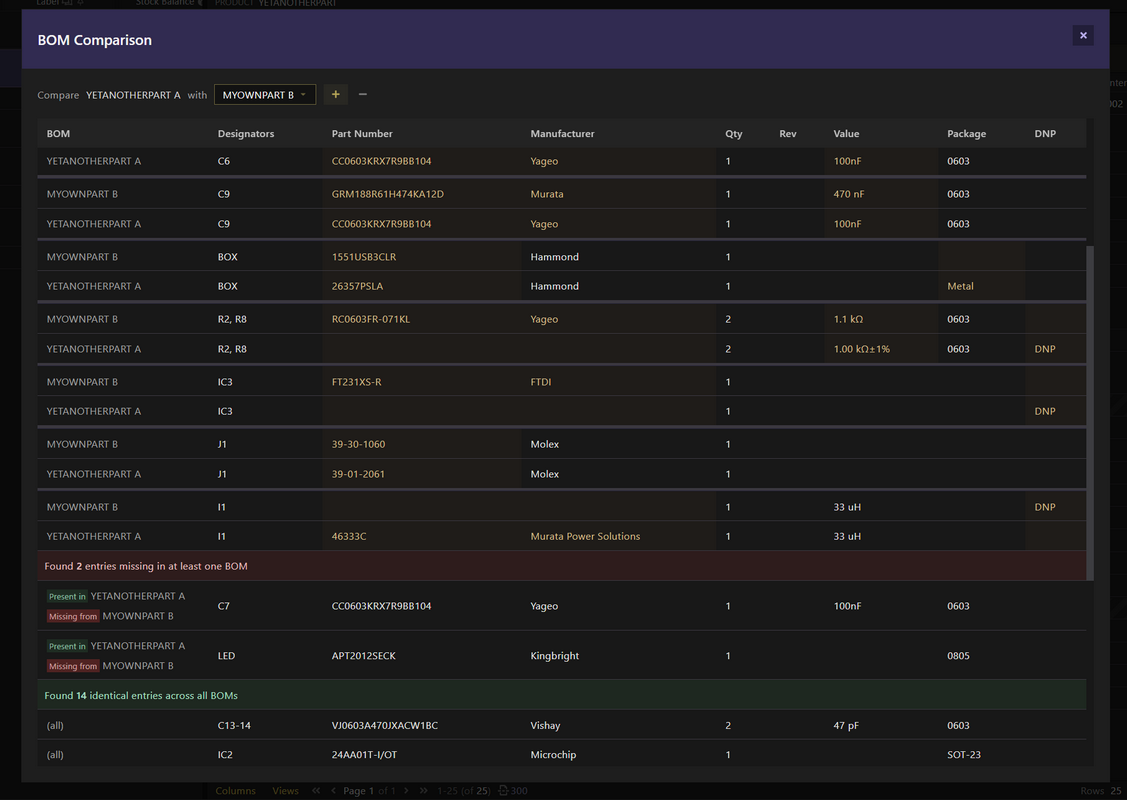- Custom fields can now be added to
Documents - Documents now have a
Codefield. This code can be automatically generated, similarly to theInternal PNfield on parts. Automatic generation can be enabled throughSettings > Workspace > Documents > Code Generator. Obsoleteinventory renamed toUnavailable. This has a broader meaning as unavailable inventory might not necessarily be obsolete (e.g. inventory used during prototyping that might not be used during production or on sales orders)
The
Looking for the most stable releases? Check out the main channel instead.
beta channel brings you the most recent features. Looking for the most stable releases? Check out the main channel instead.
On the app, you can opt for either release channel through
Settings - General - Check updatesMake sure to backup your workspace before you start using releases from the beta channel. Things might be a bit unstable, especially early on on the beta phase. If in doubt, please get in touch.
On
Team Workspaces it is recommended for all users to use the same version of the app so everyone has access to the same features.Beta releases always backport changes already released on the main channel. If released on the same day, a beta is always released after the main one.
- When exporting a table into PDF and HTML, the title, subtitle and description can now be customized
- API: post, put and delete routes added for
/lots - A few UI fixes
- Role-based permissions: custom roles can now restrict access to certain Products
- API: custom fields can be set when creating inventory
- BOM comparison: row number added to the BOM column so you know which row in the original BOM the report refers to.
Internal PNfield added on the comparison. The BOM comparison dialog will now remember the last BOMs the current BOM has been compared to. You can now export the report into PDF format:

- Backport of the latest updates on the main channel
- Backport of the latest updates on the main channel
New feature: BOM Comparison tool. You can now compare a BOM against up to 2 other BOMs. The tool will tell you which entries are identical across all BOMs, entries that are missing from at least on BOM, and entries with differences.
When the Designators field is defined, the tool unrolls and parses each individual designator to check for differences. This ensures ranges defined in the designator (e.g. R1-5) are correctly parsed and each individual part is compared. If the Designators field is not defined, then the Part Number is used as the unique key to compare that entry against other BOMs.


- Backport of the latest updates on the main channel
- API: added endpoint to receive items against a purchase order
- Custom Quotes API: quotes not being auto-assigned
[fix]Some fonts not being correctly displayed
Custom Quotes API Server: you can now implement your own API server so the app can fetch custom quotes from it. This can be enabled fromSettings > Workspace > Quotes > Custom Quotes API.
An implementation example can be found here: https://github.com/BOMIST/bomist-scripts/tree/main/custom-api-server
- API: labels can now be created, updated and deleted
- Part Usage: the
Revfor the part being used is displayed on the table asRev (Part)whereas theRev (Product)refers to the revision of the product/BOM the part is being used on - Part Usage: context-menu
Replace part...added, so the part being used on selected BOMs can be replaced by some other part - Some performance improvements when removing data